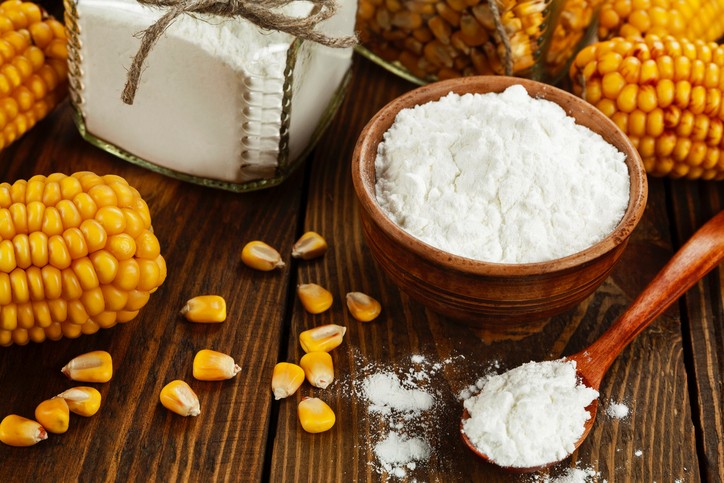
Monohydrate Dextrose
Dextrose Monohydrate or D-Glucose Molecular Formula C6H12O6H2O is a white crystalline powder, odourless and sweet to taste. Two Stereo Isomers of the Aldexho sugars are known as Glucose, only one of which is Bio-Logically active. This form is often referred to as Dextrose Monohydrate or especially in the food industry as simply Dextrose. It usually obtained by the hydrolysis of starch and contains one molecule of water of hydration.
Functional Advantages
Known for its clean sweet flavor, it is usually rated at 75-80% of the sweetness of sucrose, however because it works synergistically in some formulations, blends of sucrose and dextrose are perceived to be as sweet, in some cases sweeter than sucrose.
Dextrose acts to shorten the perception of sweetness and enhances flavour. It's a sweetener of choice in certain fruit flavoured desserts and beverages.
Dextrose can produce the desirable brown colour in bread, beans etc.
Dextrose being a monosaccharide, it is unsurpassed as a carbohydrate source for yeast and other organisms. It provides energy to the cell and many by-products, in addition to carbon dioxide and ethanol. When used in baking and brewing the fermentation begins instantaneously and proceeds rapidly.
Dextrose functions as a good oral rehydrating agent and once enriched with Vitamin D and Calcium it provides easy assimilation and replenishment of essential nutrients in the body. It's a ready source of energy to fight tiredness and refresh you instantly.
Because Dextrose cannot invert or change on exposure to mild food acid it helps to extend the shelflife of many food products.
Dextrose works to keep dry food mixes and powdered beverage drinks free flowing.
Dextrose is highly suitable for high speed direct compression tableting. It prevents sticking to the die surface during the tableting process.
Dextrose in bags should be stored in a clean dry area. The product can be stored in Stainless Steel bins and conveyed pneumatically through a closed system to a use point. Once opened, should be kept in a tightly closed container, stored in a cool, dry, ventilated area, if use is not for along time. Protect against physical damage. Isolate from incompatible substances.



